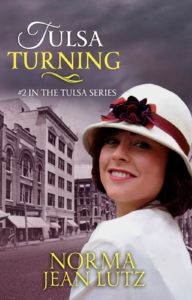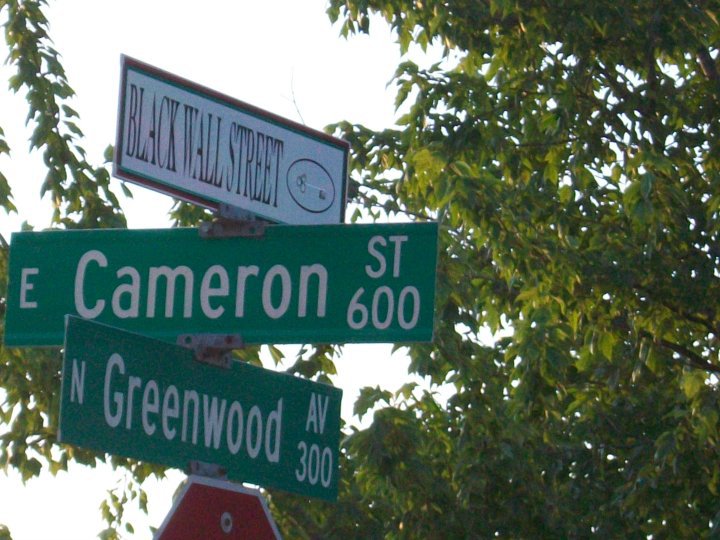Book two, Tulsa Turning in the Tulsa series moves past the events of the 1921 Tulsa Race Riot and focuses more on the aftermath and the recovery period for the community of Greenwood. It’s almost beyond belief how against all odds, the citizens of Greenwood set about to rebuild following the nightmare of the riot of May 31, and June 1, 1921, that destroyed their homes, businesses, and churches.
Many of the structures burned in the riot were not insured, and those that were insured faced stiff opposition from insurance companies that refused to make good on the policies. The insurance companies disclaimed liability for fires caused by rioting or civil insurrections.
In an article written by an outsider named George Buckner, he had this to say about the miracle of recovery.
…the Negroes have succeeded in squelching the agitation about taking their land for industrial purposes. They have succeeded in preventing the fire zone from being extended and in winning to their cause many of the prominent white people.
St. Louis Argus, April 21, 1922, “Second View of City of Ruins”
By the time Buckner penned this article in 1922, more than eighty businesses in Greenwood had reopened. Some of the churches that were forced to borrow to rebuild, were still paying off the mortgages up into the 1940s and 1950s. But pay them they did!
So Many Stories
One riot survivor, Juanita Alexander Lewis Hopkins, stated:
After the riot, Tulsa rebuilt from the ashes. In fact, [the Greenwood District] after the riot was even more impressive than before the riot…. There are so many stories to be told about [the Greenwood District] and its determined people – about its struggles with racism, about its creativity, adaption, and survival.
Eddie Faye Gates, They Came Searching: How Blacks Sought the Promised Land in Tulsa (1997) (Scroll down to purchase a copy of Eddie Faye’s book.)
“So many stories…” Is it any wonder that I chose this historical event upon which to build the Tulsa Series?
The second book in my Tulsa series, Tulsa Turning, deals with the aftermath and the struggle to rebuild. A female newspaper reporter, Clarette Fortier, from New York City, is assigned by her newsroom chief to travel to Tulsa to cover the June 1 Race Riot.
Adventure-loving Clarette, struggling to carve out a place for herself in a man’s world of newspaper reporting, uncovers facts in Tulsa that those in control are trying to hide. Her hard-headedness and her sense of what is right places her in danger.
This part of the novel is true. What was hidden when Clarette arrived in Tulsa the summer of 1921, remained buried for decades!
Today the Greenwood district is one of the more beautiful areas in Tulsa!


